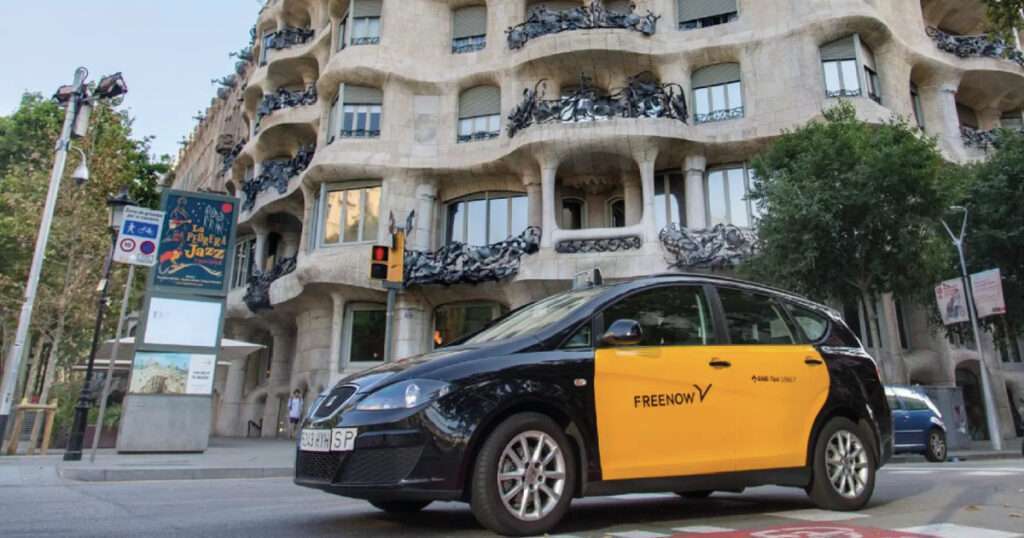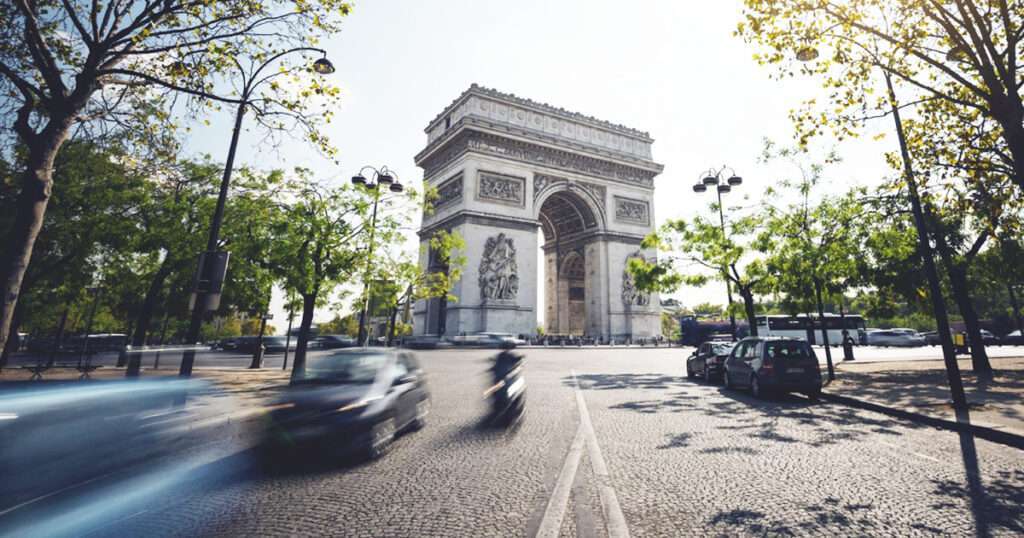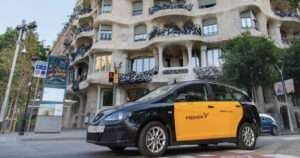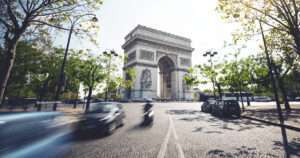With such a digital tidal wave sweeping through mobility (AI, Big Data, Smart Mobility, IoT, MaaS, Autonomous Driving), it’s hard for cities to know what foot to dance on. Today, let’s talk about this technology that has revolutionized many sectors, including medicine, industry and engineering. As you will have understood, digital twins will gradually become essential in the development of smart cities. In this article, discover the digital twin and what it can bring to urban mobility…
What are digital twins?
Let’s start at the beginning… It is in 1991 that the idea of the digital twin is evoked for the first time. It is then necessary to make a jump of ten years in the future to see in 2002 the first prototype. In the end, it is only in 2010 that John Vickers, from NASA will give it the name of twins. But what is it? A digital twin is the virtual representation of a registered object such as: a process, a system, an object or a platform.
How does a digital twin work?
It’s simple, you just have to select an object and then install different sensors on it. These sensors will collect data on different aspects of performance. Let’s take the example of a city, these sensors will collect: energy production, road traffic, pedestrian flow or LCA (Life Cycle Assessment) of buildings in the city, etc.. These data will be transmitted to a processing system and converted into digital copies. Then from there, you have access to your digital twin.
They are based on precise data and algorithms. In cities, there is a lot of data generated every day, by different sensors, cameras or GPS. Indeed, the latter report traffic data from any kind of transport, but also socio-economic data such as work or residential areas.
Often compared, but never equaled
A digital twin is not a simple 3D model with a very high accuracy. These two tools should not be confused, because between them the bidirectional flow of data is different between the physical and digital world.
Simply put, the digital twin facilitates access to these different data in real time. A continuous innovation allowing easier decision making, but above all, more quantifiable, saving several billions per year. However, be careful not to get lost, because there are different types of twins. This varies according to the desired magnification and the field of application. But it is still common for several twins to exist together in a single process. Here are the different characteristics of a digital twin:
- Built with a mix of data, a digital twin must necessarily be extremely precise. It must be said that the more precise the details, the more reliable the tool will be. This will allow cities to collect a maximum of information such as pollution, traffic as well as infrastructures or works in progress.
- With all these data recorded regularly the tool is self-evaluating, it updates itself in real time and adapts the situations of the physical world. It takes into account all new factors for a perfect digital mapping.
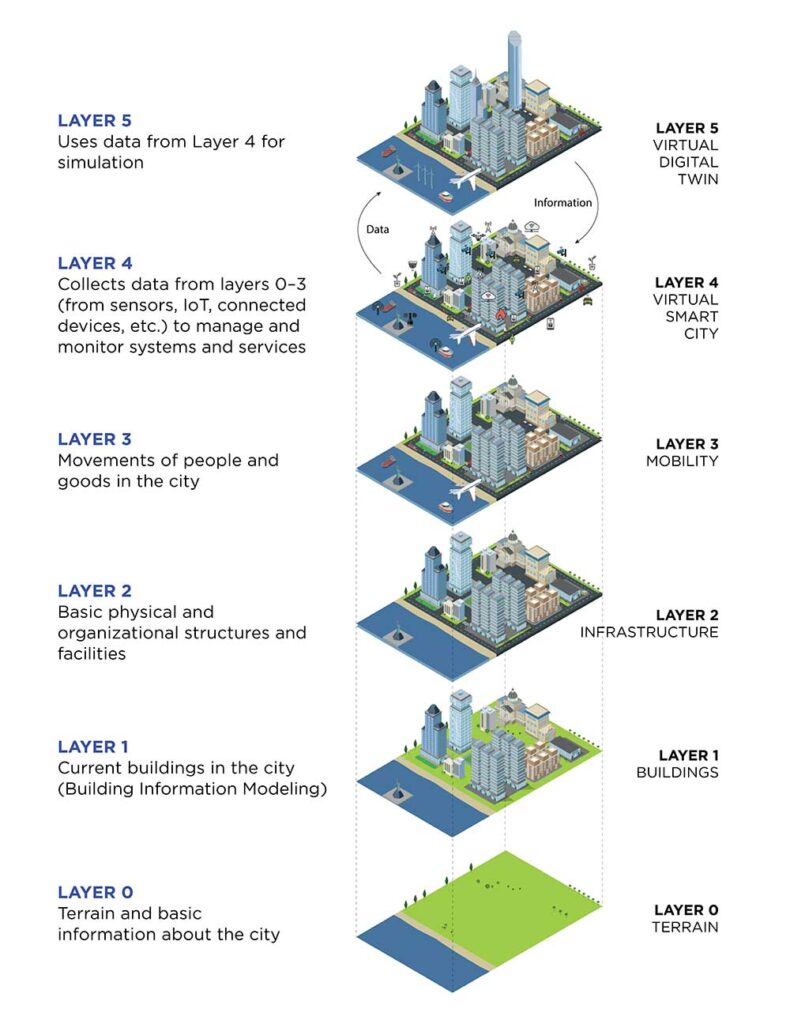
A tool for urban mobility
Cities are often faced with very difficult choices, as most projects remain expensive and long-term commitments. Some smart cities sometimes make reluctant choices just to meet their goals. This is where digital twins appear as the miracle solution, as they allow modeling, visualizing, simulating and testing the different factors. As a result, the twins study all performance issues and generate improvements. The mobility sector has understood this and wants to take advantage of it…
Indeed, digital twins can also evaluate the impact of an investment decision and allow the integration of multimodal impacts of mobility by taking into account traffic and user behaviors. They can also be used to manage and optimize cities, through a range of applications related to sustainability and/or mobility. But that’s not all, because digital twins also have an impact on all mobility in a city. They model any pedestrians, road users, cyclists, public transport services and their possible interactions with the road. All this with the aim of collecting a maximum of information. All this data will be used to improve their safety along their routes, but also to improve traffic flow and traffic management.
An economic issue
More and more cities want to be green by developing a lot of bike paths. They want to provide the best possible infrastructure for any cyclist to reach their final destination safely. And as you will have understood, what should be done before starting to build these infrastructures? The digital twin should be used to analyze the future advantages or disadvantages of the project, the possible incidents, a whole bunch of scenarios that could be crucial, but also and above all the profitability and cost. But that’s not all! These digital twins also make it possible to examine in advance how a new development or a development still under construction can become easily accessible in the areas around which it is located and what the impacts will be. As you can see, this is a real boon for smart cities.
Don’t worry, even once started, a project can be tracked and modified. The digital twins can monitor the systems, all to maintain optimal efficiency throughout the project. With the added feature of being able to add new parameters during the course of your project, which they will adapt to.
A great evolution to come?
Even though this tool is already very advanced, there are still areas of improvement that are already being addressed by some researchers. Some of them have looked at public transportation and have seen that once adapted, the digital twins will make public transportation much more responsive to the needs of underserved users. It will also provide multiple alternative modes of transportation throughout the city to limit and reduce congestion. This is an opportunity for public authorities to make tangible arguments before presenting urban mobility projects to major decision makers.
Also, a lot of people are talking about autonomous driving, but no one can say that it is cost-effective and will really help traffic. The digital twins could examine and determine the utility and profitability of autonomous driving. This allows us to look into that future.
Note that by 2025, 500 cities will launch digital twins. Not surprising when you consider that major cities such as Amsterdam, Helsinki or Genoa have already launched their own digital twins for several years. We are in the midst of an evolution of operating models. Indeed, a big change is coming. A digital revolution is underway in most industries. Whether it’s in equipment, facilities or processes, digital twins are the future of this evolution. As you can see, digital twins are about to shake up the digital world, as its evolution is almost unlimited. By obtaining new skills constantly it means that they can generate infinite information and data.


